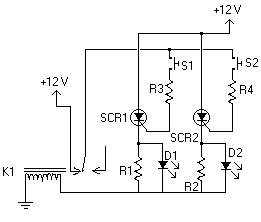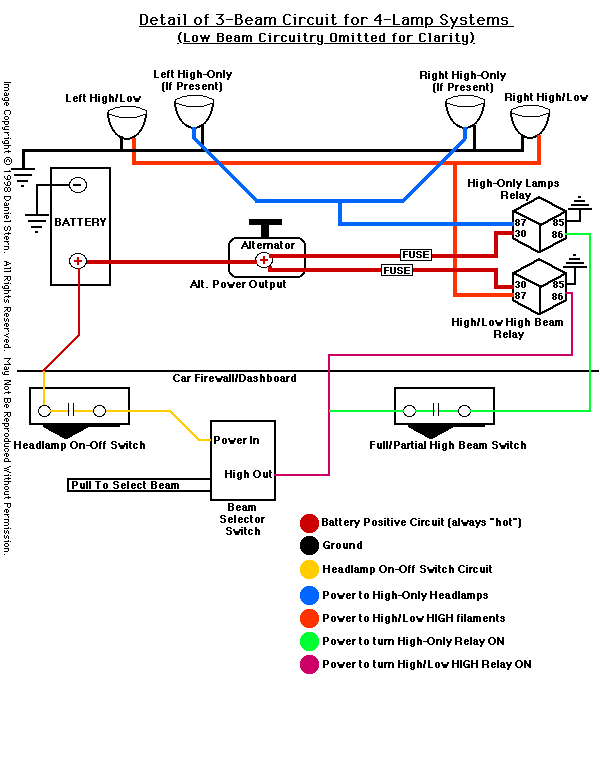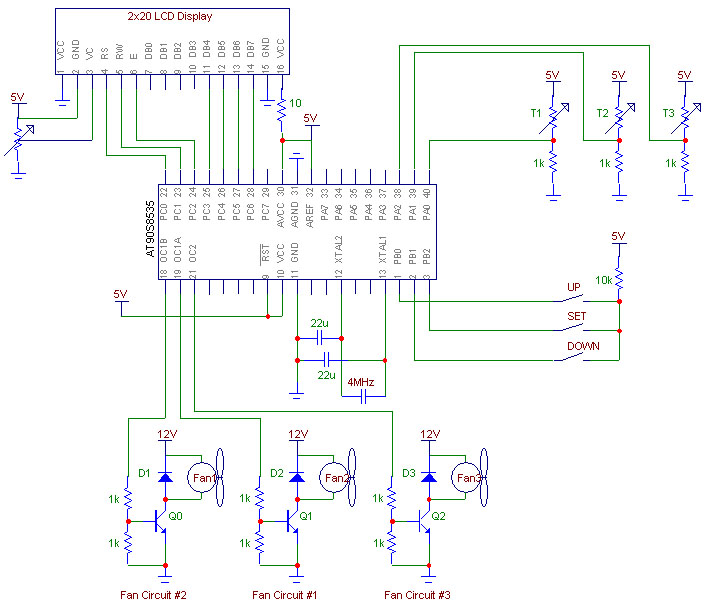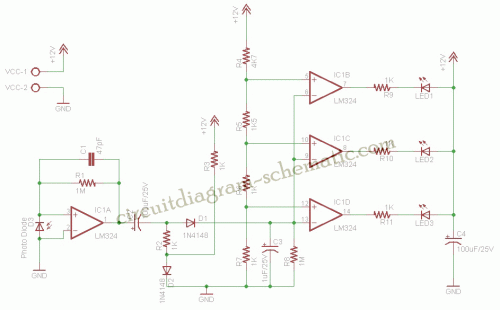
Adaptive Car Lighting System
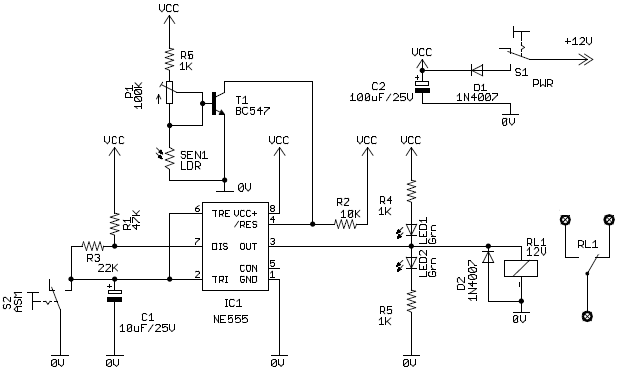
When a vehicle is driven on the highway at night, it is essential that the light beam is of high intensity and illuminates the road at a sufficient distance.
To achieve optimal visibility during nighttime driving, especially on highways, the design of vehicle headlight systems must prioritize high-intensity light output. This can be accomplished through the use of advanced lighting technologies such as LED (Light Emitting Diode) or HID (High-Intensity Discharge) lamps, which are known for their superior brightness and efficiency compared to traditional halogen bulbs.
The headlight circuit typically includes several key components: a power source, a control unit, and the lighting elements themselves. The power source, usually the vehicle's battery, supplies the necessary voltage and current. A relay may be included in the circuit to handle the high current required by the lighting elements, ensuring that the control unit does not become overloaded.
The control unit can be designed with features such as automatic dimming, which adjusts the brightness of the headlights based on ambient light conditions, and directional control, allowing the headlights to pivot based on the vehicle's steering angle. This enhances visibility by providing a wider illumination pattern in curves and turns.
In addition, the circuit may incorporate a fuse for safety, protecting against short circuits or overloads. The use of a microcontroller can enable more sophisticated functionalities, such as adaptive lighting systems that adjust the beam pattern based on vehicle speed and road conditions.
To ensure compliance with safety regulations, the headlight system must be designed to provide adequate illumination without causing glare to oncoming traffic. This can be achieved through careful optical design and the use of reflectors or lenses that direct the light beam effectively.
Overall, the design of a high-intensity headlight system for nighttime highway driving involves a combination of efficient lighting technology, robust electrical components, and intelligent control systems to enhance safety and visibility on the road.When a vehicle is driven on the highway at night, it is required that light beam should be of high density and should illuminate the road at a distance suf.. 🔗 External reference
To achieve optimal visibility during nighttime driving, especially on highways, the design of vehicle headlight systems must prioritize high-intensity light output. This can be accomplished through the use of advanced lighting technologies such as LED (Light Emitting Diode) or HID (High-Intensity Discharge) lamps, which are known for their superior brightness and efficiency compared to traditional halogen bulbs.
The headlight circuit typically includes several key components: a power source, a control unit, and the lighting elements themselves. The power source, usually the vehicle's battery, supplies the necessary voltage and current. A relay may be included in the circuit to handle the high current required by the lighting elements, ensuring that the control unit does not become overloaded.
The control unit can be designed with features such as automatic dimming, which adjusts the brightness of the headlights based on ambient light conditions, and directional control, allowing the headlights to pivot based on the vehicle's steering angle. This enhances visibility by providing a wider illumination pattern in curves and turns.
In addition, the circuit may incorporate a fuse for safety, protecting against short circuits or overloads. The use of a microcontroller can enable more sophisticated functionalities, such as adaptive lighting systems that adjust the beam pattern based on vehicle speed and road conditions.
To ensure compliance with safety regulations, the headlight system must be designed to provide adequate illumination without causing glare to oncoming traffic. This can be achieved through careful optical design and the use of reflectors or lenses that direct the light beam effectively.
Overall, the design of a high-intensity headlight system for nighttime highway driving involves a combination of efficient lighting technology, robust electrical components, and intelligent control systems to enhance safety and visibility on the road.When a vehicle is driven on the highway at night, it is required that light beam should be of high density and should illuminate the road at a distance suf.. 🔗 External reference
